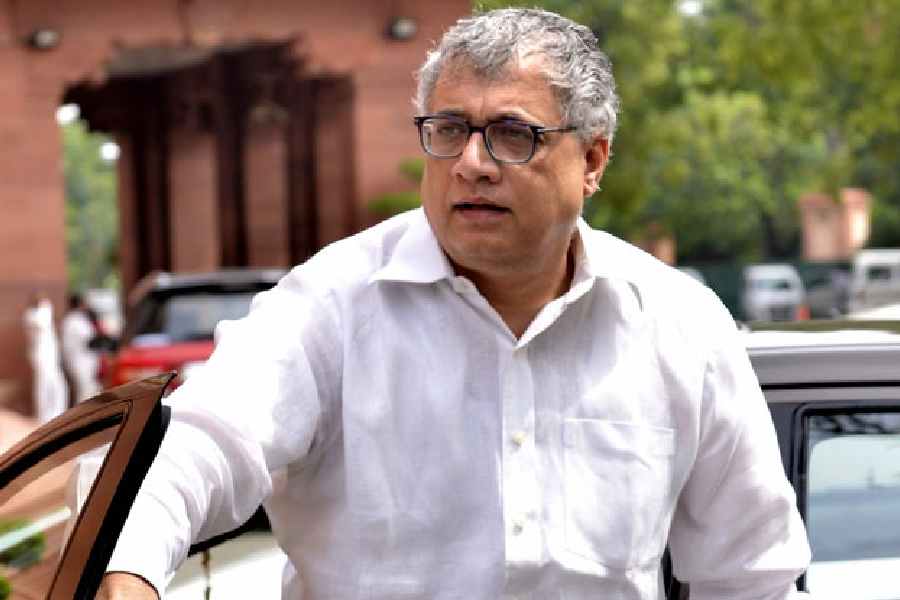Q: I’ve heard a lot about pilates recently. Could you explain what it constitutes?
BC, Jamshedpur
Pilates, named after its founder Joseph Pilates, is a total conditioning programme that works your body “from the inside out” by focusing on “core” muscles. The core muscles include not only those of the abdomen and back, but also the muscles of the pelvic floor and hips.
The core muscles, as stabilisers, can help determine how far you can throw a ball. Their development is often secondary to the other, more obvious (and more visible), muscles in your limbs. The only people who have always had the right idea about core strength are dancers and yoga practitioners.
A weak core can make you old before your time. With a strong core, you may be old in years, but you won’t walk old. If you’re young and active in sports, a strong core will aid you in power moves, and your whole body will function more effectively.
Pilates will strengthen your muscles. At the same time it incorporates stretching throughout each exercise. It also teaches you how to strengthen your body in such a way so that there’s no impact on your joints. To sum up, pilates is a series of choreographed exercises your trainer suggests taking into account the unique features of your body. Pilates teaches you how to listen to your body and respond accordingly.
Q: What would be an effective programme for developing abdominal muscles?
ADG, Calcutta
Genetics has a great influence on the way fat is distributed in your body. This genetical aspect is not in your control, but it helps to know what the tendencies of your body are with regard to storing weight and building muscle. It can help you to plan a diet and an exercise regimen.
Keep in mind that tummy flab could be the result of many things. If the tummy muscles are used little, especially if you have sedentary habits, it leads to the internal organs pressing against the abdominal wall, creating a rounded appearance even if you carry no extra fat in your abdomen. Developing eye-catching abs requires a two-pronged strategy:
Develop the muscles of the abdominal area through brief, intense training.
Burn off the fat from the entire body through a suitable diet and exercise (aerobics and weights) so that the abdominal muscles show to their best advantage.
Your abs should be trained just like any other body part. You don’t train your biceps every day, similarly you shouldn’t work your waistline that often either. If you train other body parts once a week, that’s enough for the abs as well. Abs need time to recover just like your chest, back or shoulders.











